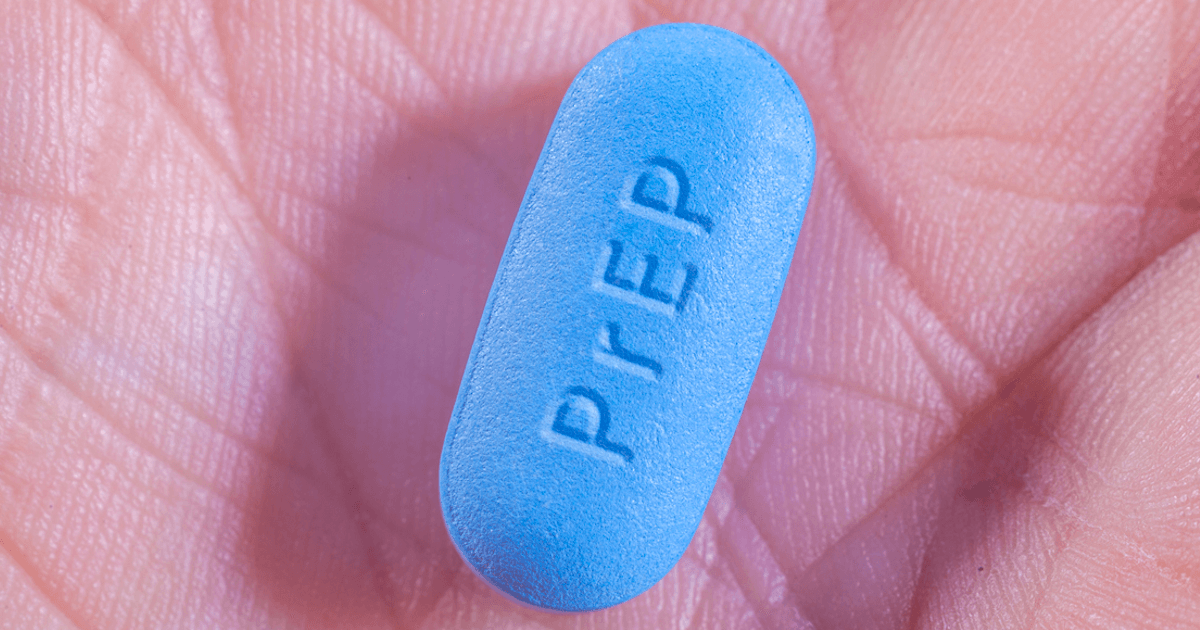Back in 2012, HIV pre-exposure prophylaxis (PrEP) revolutionised the world of HIV prevention.
The combination of antiretroviral medications is an excellent choice for those who’d like to minimise significantly the risk of infection after eventual exposure. When administered and taken correctly, PrEP is approximately 99 per cent effective.
The world of pharmaceutical developments is an ever-evolving one. The daily PrEP pill is still available but newer forms of the medicine have also been manufactured. Interestingly enough, PrEP users are still most drawn to their daily pill.
What Matters the Most to PrEP Users
A study was published in the Journal of the International AIDS Society in September 2023. Researchers worked with volunteers to determine which form of PrEP was most preferred. The aim of the research was to also establish the factors that matter the most to users who need to select one form of medication over another.
The volunteers belonged to one of the high risk groups recommended PrEP – men who have sex with men.
The study participants were given a choice among several options like daily PrEP pill, on-demand PrEP, injections received every two months, an implant and even a rectal douche meant to be used before intercourse to deliver a few days of protection.
Some of these products aren’t commercially available yet. The innovative forms of PrEP are still undergoing some testing and could potentially be released in the market over the coming months or years.
Interestingly enough, most of the survey participants preferred the daily PrEP pill over the more innovative methods of administration.
The men participating in the study were asked to explain what mattered the most for the selection of their PrEP. Most of the respondents said they were predominantly concerned about efficacy and potential side effects.
So, it’s not a surprise that the study participants stuck to the forms of PrEP that have already been approved and have a well-established efficacy profile. The scepticism towards the newer medications is easy to understand and it’s a pretty normal phenomenon that affects the wide majority of new products launched on the market.
Socioeconomic Factors Also Matter
Interestingly enough, there were some differences in preferences stemming from socioeconomic background factors.
People with a higher socioeconomic status were drawn to the more innovative forms of PrEP.
Younger individuals and those lacking insurance were more drawn to traditional forms of PrEP like the pill and the injectable products already available on the market.
These findings are somewhat concerning. New products are being developed in hopes of increasing PrEP coverage among those who currently have limited access to prophylactic options. The latest research, however, shows a different reality that healthcare service providers will need to address.
Through such research, medicine developers can easily identify potential patient populations that will benefit the most from new developments. New interventions have to be developed so that they connect with a current consumer need or a gap on the market.
When it comes to socioeconomic factors, the cost of innovative forms of PrEP isn’t to be underestimated.
In the US, injectable PrEP costs 22,000 dollars per person per year. There is still no information pertaining to the willingness of insurance companies to cover such a significant expense. That’s a very important factor suggesting why more traditional and affordable forms of PrEP are still being prioritised.
The Good News: PrEP Use Is Increasing
While the debate about the best form of PrEP is ongoing, there are good news pertaining to the adoption of such prevention methods.
Global data suggests that the use of PrEP is growing. The oral PrEP use across the world has increased over 70 per cent since 2018. Back in 2015, oral PrEP was solely limited to high income individuals living in just a few countries. In that year, only Norway and the US had recommendations that were eventually turned into national guidelines and programmes.
As of now, 144 countries have adopted World Health Organization (WHO) oral PrEP recommendations and have turned those into national guidelines. Fourteen more countries have reported that they intend to adopt the recommendations in the near future.
In Singapore, HIV PrEP, as well as HIV post-exposure prophylaxis (PEP) is readily available. Mens sexual health facilities like Shim Clinic enable access to testing, prevention and treatment.
If you are interested in HIV PrEP, contact Shim Clinic or visit us during working hours every day of the week. We will recommend a prevention regime and a testing schedule for HIV and other STDs that is in accordance with lifestyle specifics and preferences.
Sources of Information:
- Biello, K. B., Valente, P. K., Da Silva, D. T., Lin, W. Y., Drab, R., Hightow-Weidman, L., Mayer, K. R., Bauermeister, J. A., & Author_Id, N. (2023). Who prefers what? Correlates of preferences for next‐generation HIV prevention products among a national U.S. sample of young men who have sex with men. Journal of the International AIDS Society, 26(S2). https://doi.org/10.1002/jia2.26096

